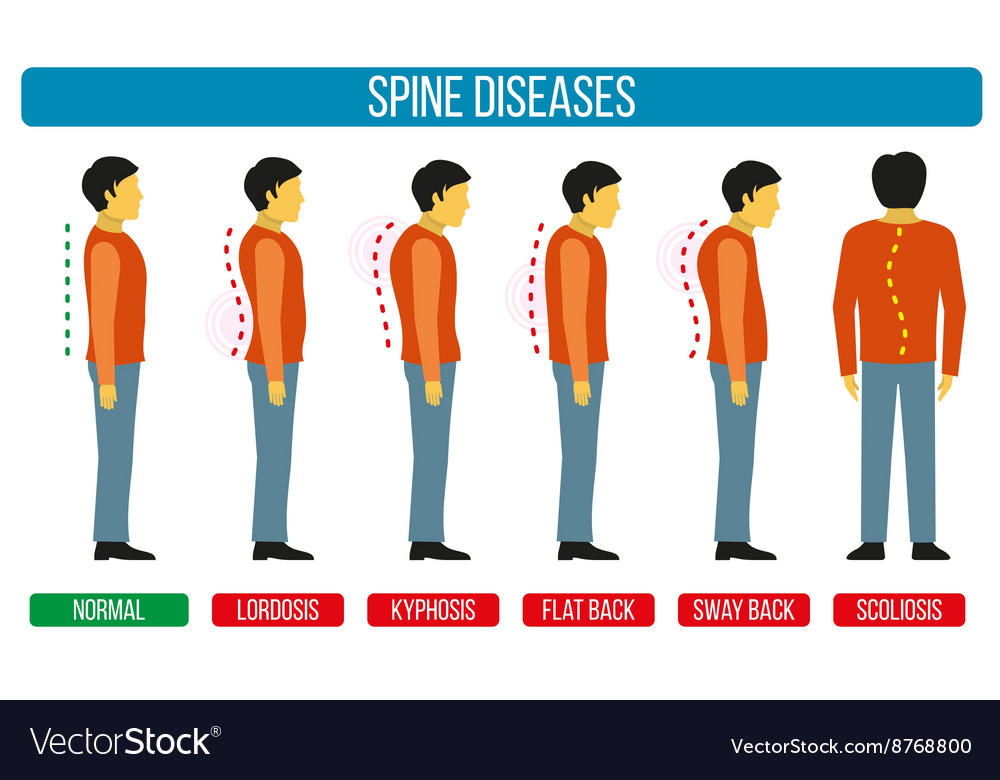Discover The Keys Behind Neck Discomfort And How Recognizing Cervical Back Makeup Can Aid You Find Relief
Discover The Keys Behind Neck Discomfort And How Recognizing Cervical Back Makeup Can Aid You Find Relief
Blog Article
Post Produced By-Ellis Mikkelsen
As you sit there, perhaps really feeling an ache of pain in your neck, have you ever before thought the complex structures that comprise your cervical spinal column? Understanding how the vertebrae, discs, and nerves engage in this area can shed light on why neck discomfort can be so consistent and devastating. By discovering the structures of cervical back anatomy and its effects for neck pain, you might discover understandings that could aid you much better manage and even prevent those bothersome aches and rigidity.
Value of Cervical Spine Composition
Comprehending the significance of cervical back anatomy is critical in comprehending the complexities of neck discomfort. The cervical back, made up of seven vertebrae, plays a crucial function in sustaining the head's weight and facilitating motion. lower back side pain houses the spinal cord, which sends messages in between the mind and the rest of the body. Furthermore, baby chiropractor and supplies structural security to the neck region.
Additionally, the cervical spinal column permits a wide range of movement, allowing you to turn your head, turn it laterally, and nod backwards and forwards. Each vertebra has details features and features that add to the overall versatility and security of the neck. Comprehending the composition of the cervical back can aid you understand just how injuries or degenerative problems in this area can cause neck pain and relevant signs and symptoms.
Components of the Cervical Back
When exploring the parts of the cervical spinal column, it becomes noticeable that its structure consists of 7 vertebrae, classified C1 to C7, piled on top of each other. These vertebrae are critical as they provide support to the head and permit a variety of motion in the neck.
The topmost vertebra, C1, also known as the atlas, supports the head and allows the sleeping motion of the head. Straight under C1 is the C2 vertebra, called the axis, which enables the turning of the head from side to side.
Moving down the cervical back, each vertebra plays a crucial function in maintaining the spinal column's adaptability and security. Between each vertebra are intervertebral discs that serve as pillows, absorbing shock and avoiding the vertebrae from massaging versus each other.
Recognizing the elements of the cervical spinal column is essential in comprehending exactly how the back features and its potential influence on neck pain.
Relationship Between Spine and Neck Pain
The link in between the spine and neck pain is an essential element of understanding musculoskeletal discomfort. Your spine, specifically the cervical area, plays a substantial function in sustaining your head and permitting various movements. When there's an issue in the spine, such as a herniated disc or misalignment, it can straight impact the surrounding tissues and nerves, causing neck pain. Poor pose, injuries, and degenerative problems can all add to spine-related neck discomfort.
It's important to acknowledge that the back and neck function as a cohesive device. Any kind of problems or inequalities in the back can trigger strain on the neck muscle mass and ligaments, leading to pain and tightness.
Conclusion
Now that you have a fundamental understanding of cervical spinal column composition and its link to neck discomfort, you can much better appreciate the intricacies of your very own neck discomfort. Bear in mind, the wellness of your cervical spinal column plays a critical function in supporting your head and assisting in motion, so it is very important to take care of it through correct posture, exercise, and normal examinations with a health care specialist. Keep informed and proactive concerning your spine wellness to stop and manage neck discomfort effectively.
